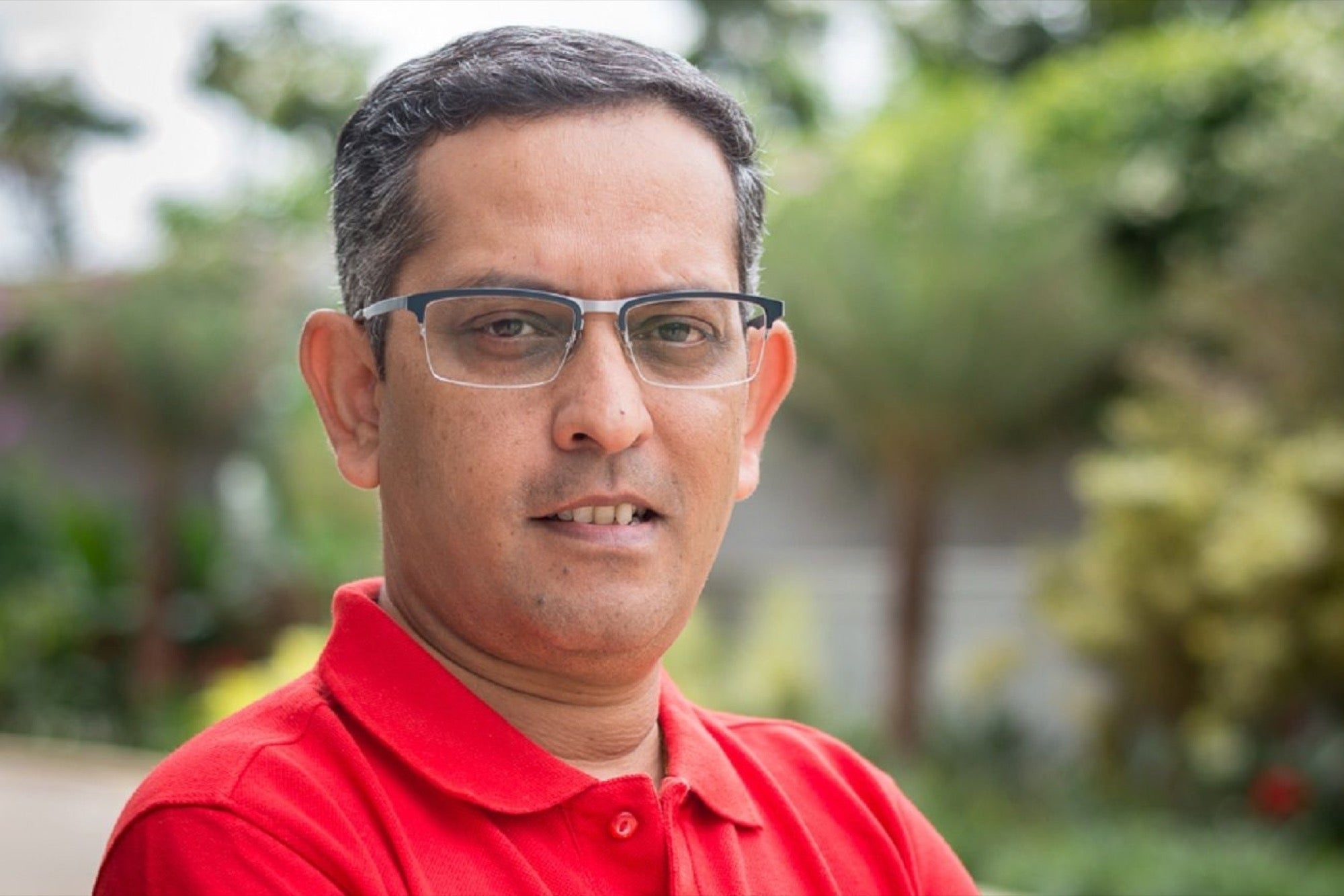This Chartered Accountant-turned-entrepreneur is Leading The Right Take-off Abrol spent much of his professional life overseas spending 19 years in American Express.
You're reading Entrepreneur India, an international franchise of Entrepreneur Media.

For Amar Abrol becoming a CA was something decided by his mother, which he thinks has been the best career decision for him. Abrol spent much of his professional life overseas spending 19 years in American Express. However, April 2016 marked the arrival of Abrol on board Air Asia. Prior to joining AirAsia, Abrol was the CEO of Tune Money, a fintech start-up. Talking about this transition from pure-play financial to landing up a career in aviation, Abrol says, "Understanding the dynamics of any business requires the ability to look into the financial statements, do a little bit of balance sheets and doing things in the right direction. Working for a fortune 500 company, I got to see the big business from every department."
Talking about the transition, he says, "Yes things are different here and we have a lot more variability, as a plane is taking off every minute. But the customer dynamics or underlying principles of a business won't change." When Abrol had joined, AirAsia was already a big brand though he realized that the problem was expansion which was rather slow. His immediate focus was on the expansion vertical. Sharing more on focusing on the future rather than being caught up in the past, Abrol says, "Starting with the leading men and going down to all employees working for the AirAsia, we had reemphasized the fact that we were here to stay, we were here to invest and we were here to grow." It all led to a change of mindset to reposition AirAsia towards the growth path.
Switching from financial service to airplane also required a lot of learning on Abrol's part. On his personal transition, he says, "It is a lot more complicated logistics business, where a number of people have to come into play, before you can get the end product right." The family of AirAsia in India doubled which stands at 1,400 now. Talking about his high point in the last one year, Abrol shares, "We are now a Rs 1000 crore+ company which is a very significant achievement. By the end of this year, we would probably be at Rs 1200 crore." The company is planning to double its aircraft count by Diwali next year.
Last year, the company delivered profits on a monthly basis for the first time. Abrol says, "We are only three-years-old in India and this is our investment stage, having said that we pretty much have the lowest cost airline in India. Our top line is growing right, so we are heading towards profitability." It seems the plane has finally taken off for AirAsia.
(This article was first published in the July issue of Entrepreneur Magazine. To subscribe, click here)










